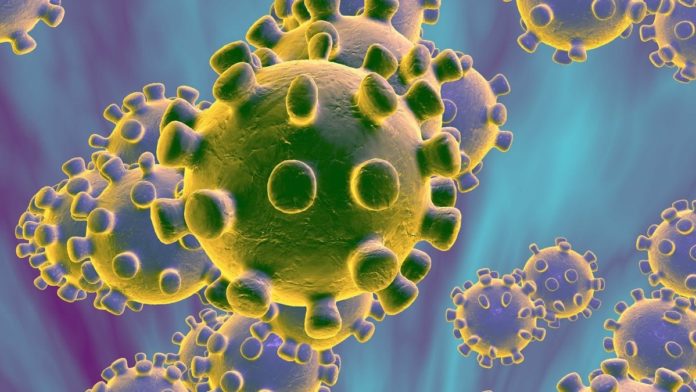A recent revelation may have added to the already expansive arsenal of methods through which coronavirus can spread. The theory that the virus can travel through the air and not only through droplets emitted through cough or sneeze received a major boost when the National Academy of Sciences, USA, also reported that the results of the current studies are consistent with aerosolization of virus from normal breathing. Earlier, the scientific community was of the view that the virus could only survive in the moist environment that the droplets provided when transmitting through the air.
Major health and medical organizations around the world have emphasized the fact that the severe acute respiratory syndrome coronavirus (SARS-CoV-2) is transmitted majorly through large respiratory droplets, up to 1 millimetre across. Such droplets are only expelled when people cough or sneeze. The very nature of this mode of transmission works against the virus. Due to the weight of these droplets and the effect of gravity, they are only able to travel up to a meter or two from the source. These droplets can deposit the virus on the surfaces they fall on, where the virus can survive for some time and even be picked up by other people and infect them.
This apparent property of the coronavirus is what had prompted the global scientific community to recommend the public not to use masks if not infected. If what the NSA suggests is true and the virus can be spread through the simple act of breathing, this strengthens the argument in favour of everyone wearing masks in public. This also means that asymptomatic carriers, which are not prone to coughing or sneezing, can still spread the infection easily by simply breathing.
Researchers have been looking into the coronavirus’s ability to spread since the beginning of the year. Some earlier studies have argued that the virus can float in aerosol droplets, which are less than 5 microns across for up to 3 hours. The researchers in support of their studies have pointed to evidence obtained from studying corona positive patients in isolation where the traces of the virus have been found in places such as the top of shelves and other hard to reach places. Samples have also been obtained more than 2 meters away from the patients.
Amongst several other modes of transmission, the aerosol model is the scariest. The evidence even suggests that the protective gear worn by on-duty personnel in the fight against COVID-19 can also be one of the sources. Some researchers say that the acceptance of aerosolization as one of the modes of transmission of coronavirus could help us explain the blinding speed at which it has spread throughout the world.

It is noteworthy that the hypothesis has not received convincing support from all scientific communities. The consensus still favours the large-droplet theory and by a lot. Researchers who are sceptical of the hypothesis suggest that the generation of aerosols could happen under specific circumstances. An overwhelming amount of evidence is still against this hypothesis, and it would be wise to watch the developments as they unfold.
Further Reading:



